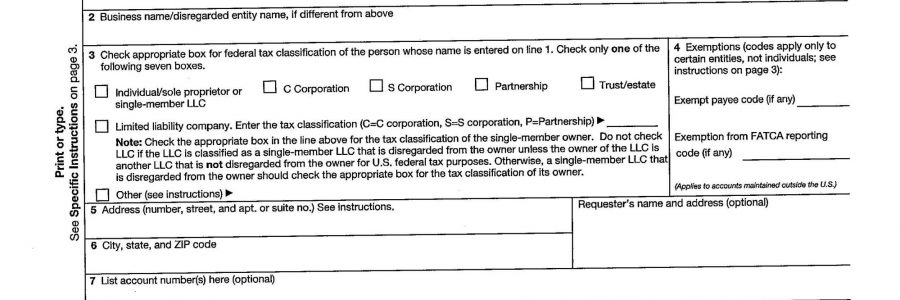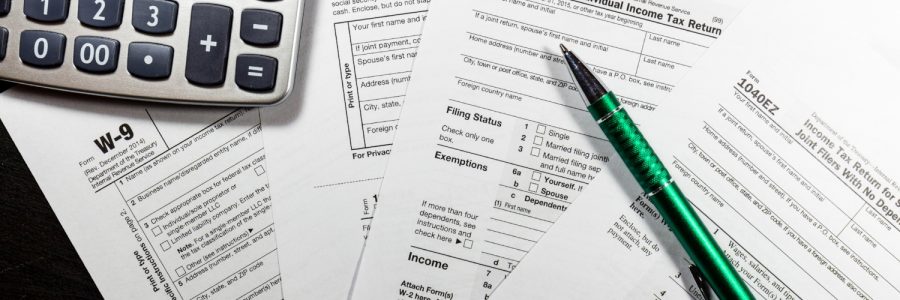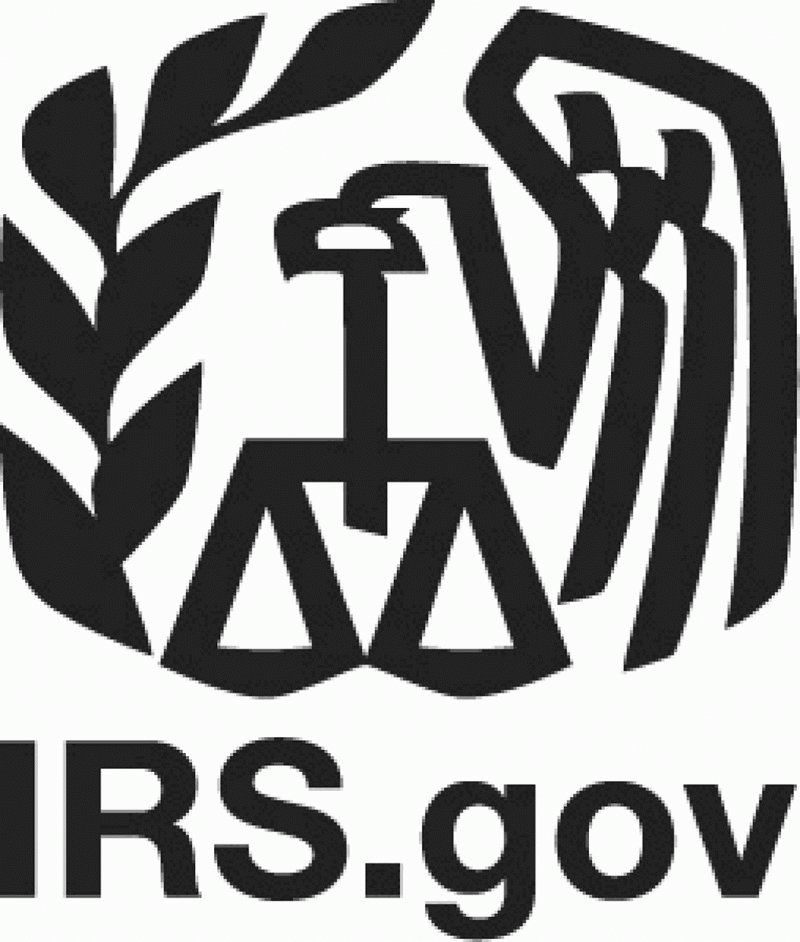With recent news of the COVID-19 outbreak we here at Parks & Company wanted to let you know that we will remain open for business with added precautions to our sanitation routine.
We already have additional sanitation guidelines in place during the tax filing time of year due to the high volume of client traffic. We have put in place further measures to provide our clients with the most sanitary space possible. These measures include a large focus on wiping down doorknobs, faucets, and desks, especially in client waiting areas based on the CDC recommendations.
We ask that you please leave any unnecessary guests at home to reduce the exposure to other clients as well as our staff. If you feel sick in any way we ask that you please reschedule your appointment or have someone drop your tax documents off and we will call you with any additional questions or information we may need.
Thank you for your understanding during this hectic time. We hope everyone stays healthy during these next few weeks.
Best,
Parks & Company





